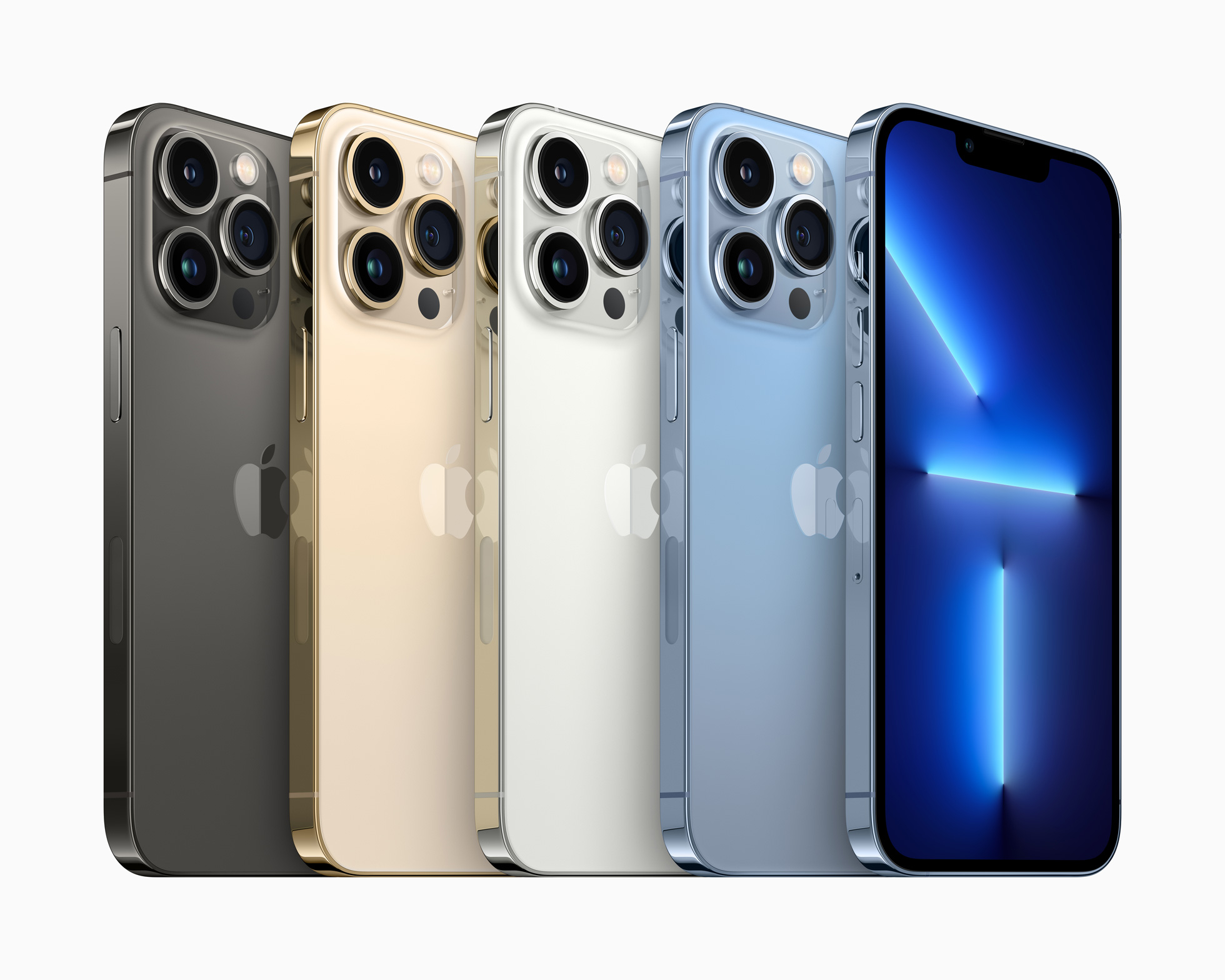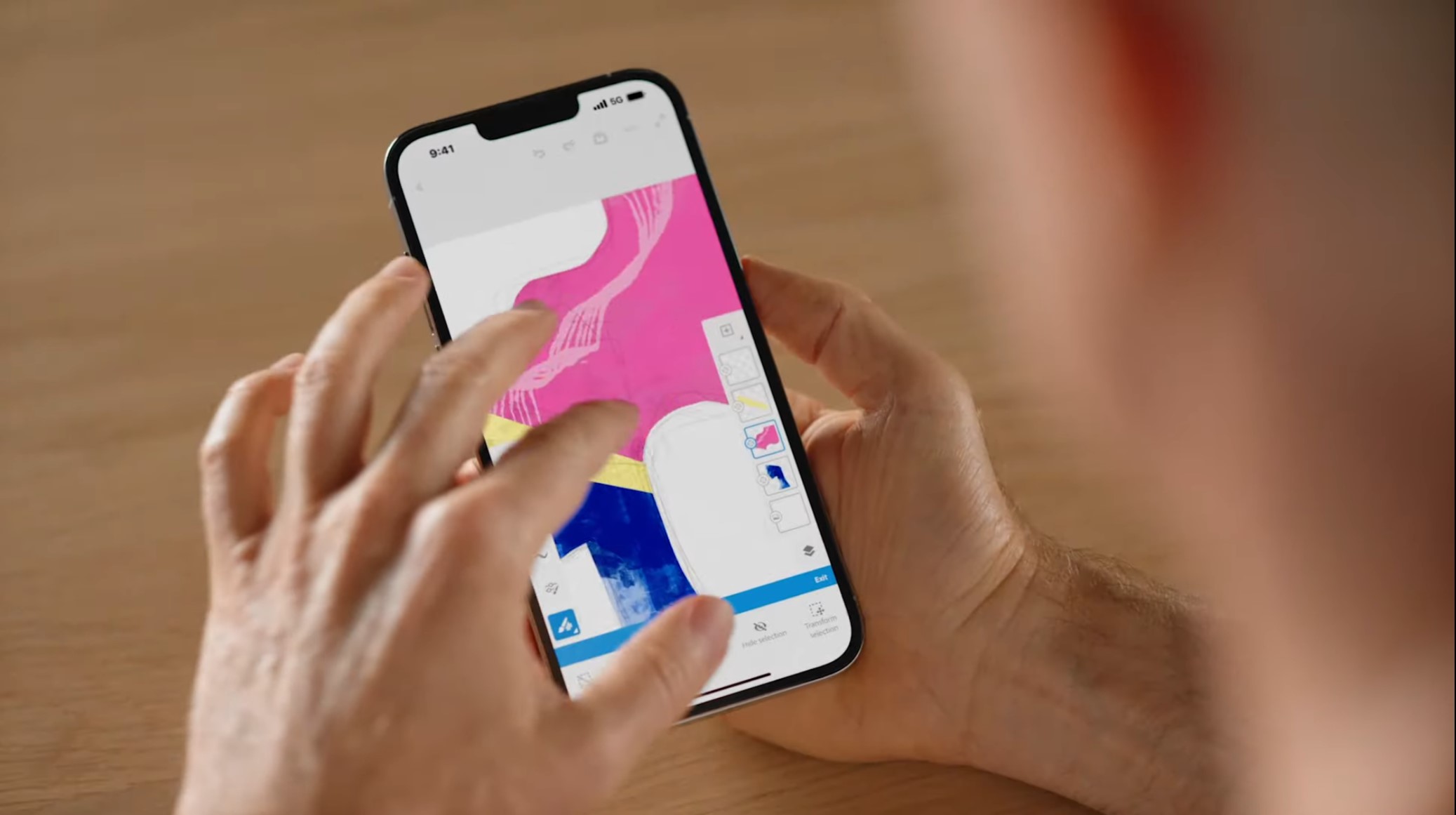iPhone 13 — the biggest missing feature the rumors got dead wrong
Where the heck is our always-on display?

While the iPhone 13 announced by Apple this week is pretty feature-packed, some of the rumored features we heard about in the build-up to the phones' debut didn't come to pass. For me, the biggest miss was the rumor that Apple would include an always-on display (AOD) option on its new phone.
Obviously, that didn't happen. Apple didn't talk about an always-on screen in its keynote, and a productivity feature like that seems like it'd at least get a mention. I had hoped to hear about it when Apple started talking about the display improvements, especially the 120Hz ProMotion screens on the iPhone 13 Pro models.
- iPhone 13 vs iPhone 12: Here are the biggest differences
- How to preorder the iPhone 13: Date and how to get yours
- Plus: iPhone 13 first benchmarks reveal Android-killing performance
As neat as the new phones sound, I'm pretty let down by the lack of a staple feature for Android phones. It's not like it would be hard for Apple to implement an always-on display option. The iPhone 13 (and 12 before it) uses an OLED panel, meaning that AOD is technically possible — iOS just doesn't have the capability built in.
That leaves iPhone users at a disadvantage. AOD is a major passive productivity booster, letting a person check the time, their battery percentage, weather, calendar events, and pending notifications at a glance. Frankly, I'm very disappointed that the iPhone 13 lags behind in this regard.
I understand that Apple can take a while to adopt new features, as it tries to put its unique stamp on things. But at this point, AOD has been on Android for years and its continued absence on the iPhone is baffling. Once the iPhone got OLED displays, I thought we'd get AOD.

So that leaves me to wonder: Apple, where is an always-on display option for those who want it? The feature can be optional, like it is on Android, in case users find it distracting. And there's no noticeable impact on battery life, based on our experience with AOD features on Android devices.
Honestly, I can't think of a legitimate reason other than pride for Apple to not just copy the feature from Android — just like it has for other things Google's OS does.
Sign up to get the BEST of Tom's Guide direct to your inbox.
Get instant access to breaking news, the hottest reviews, great deals and helpful tips.
It's also possible that Apple could introduce AOD in a future update, like iOS 16. I sincerely hope that the company notices how useful always-on display is and how it could improve the iPhone 13 user experience.

Jordan is the Phones Editor for Tom's Guide, covering all things phone-related. He's written about phones for over six years and plans to continue for a long while to come. He loves nothing more than relaxing in his home with a book, game, or his latest personal writing project. Jordan likes finding new things to dive into, from books and games to new mechanical keyboard switches and fun keycap sets. Outside of work, you can find him poring over open-source software and his studies.
-
HeatherJa I cannot agree more. I’m getting ready to buy a new phone this season and was seriously thinking of getting an iPhone for the first time ever. I’m the only family member entrenched in Android, but do use an iPad. The thing that tipped the scales for me was the possibility of having AOD on iPhone. I was so disappointed not hearing anything about it in the announcements. Now I’m probably leaning back to a new Pixel.Reply
